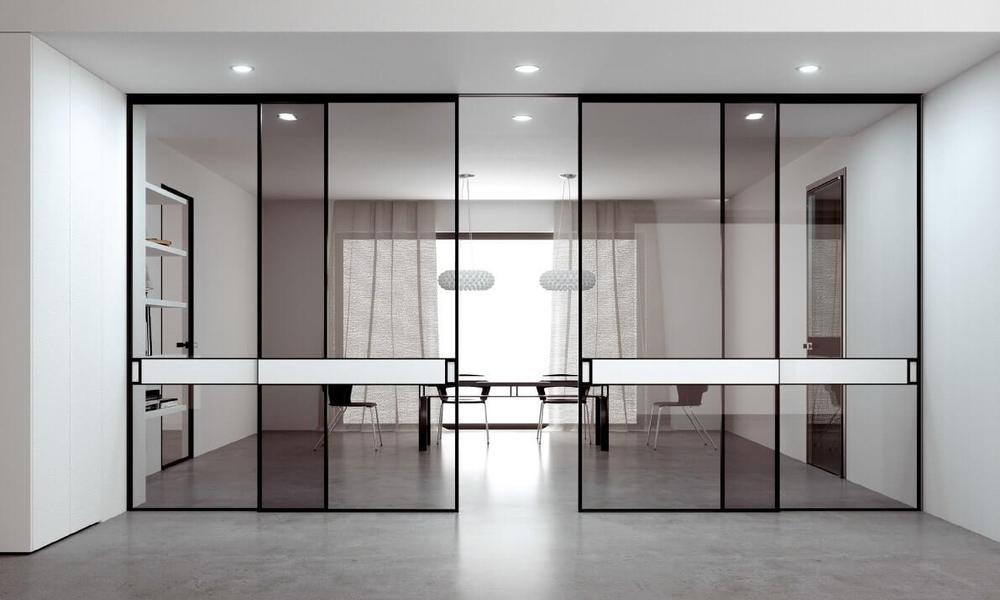What is the beautiful role that glass work plays?

Throughout history, glass has fascinated humanity with its delicate translucence, stunning colors, and incredible versatility. Glasswork, an art form that has evolved over thousands of years, holds a special place in our cultural heritage. This article aims to explore the beautiful role that glasswork plays in our lives, both as an aesthetic medium and as a functional material. From its ancient origins to contemporary expressions, the allure of glasswork continues to captivate and inspire artists, craftsmen, and enthusiasts around the world.
● Ancient Origins and Cultural Significance: The roots of glasswork trace back to ancient civilizations such as Mesopotamia, Egypt, and Phoenicia. Initially used for practical purposes, such as making vessels and tools, glass gradually became associated with luxury and artistry. From the breathtaking stained glass windows of medieval cathedrals to the intricate glass mosaics of Byzantine palaces, the cultural significance of glasswork is evident across different historical periods and diverse regions. Its ability to transmit light while retaining form created a mesmerizing visual experience, elevating architecture and religious symbolism alike.
● Artistic Expression and Craftsmanship: Glasswork offers a unique artistic medium that merges technical skill with creative vision. Glass artists harness the molten state of the material, manipulating it with precision and dexterity to create awe-inspiring objects. The process requires expertise in glassblowing, kiln-firing, and various other techniques, demanding years of dedication and practice. From delicate blown glass sculptures to intricate fused glass jewelry, each piece carries the artist’s creative imprint, reflecting their personal expression and artistic sensibilities. The interplay of form, color, texture, and light in glasswork provides a limitless palette for artists to explore, resulting in an array of stunning creations that capture the imagination and evoke emotion.
● Aesthetic Beauty and Transcendent Qualities: The inherent beauty of glasswork lies in its ability to embody both fragility and strength simultaneously. The transparency of glass allows light to pass through, transforming it into an ethereal and enchanting medium. This interplay of transparency and opacity, along with the intermingling hues and refracted light, imbues glasswork with a transcendent quality. Whether it is the shimmering stained glass of a cathedral or a delicate hand-blown vase catching the sunlight, glasswork possesses a captivating allure that transcends time and place. Its ability to capture and reflect light creates a dynamic visual experience, enchanting viewers with its luminosity and brilliance.
● Functional and Decorative Applications: Beyond its artistic qualities, glasswork has diverse functional applications. From architectural installations to utilitarian objects like windows, mirrors, and tableware, glass serves both practical and decorative purposes. Its versatility allows for the creation of stunning interior designs, as well as the integration of glass into modern technologies such as fiber optics and touchscreens. The sleek elegance and adaptability of glass make it an ideal material for contemporary design, where it seamlessly blends functionality with aesthetics.
Glasswork stands as a testament to human creativity, craftsmanship, and artistic expression. Its timeless beauty, cultural significance, and adaptability make it a cherished art form that continues to inspire and enchant. From the ancient civilizations that first discovered its secrets to the modern-day glass artists pushing the boundaries of the medium, glasswork holds an enduring allure that captivates the senses and stimulates the imagination. As we gaze upon the intricate patterns, delicate forms, and vibrant colors of glasswork, we are reminded of the immense artistic possibilities that lie within this mesmerizing material.





